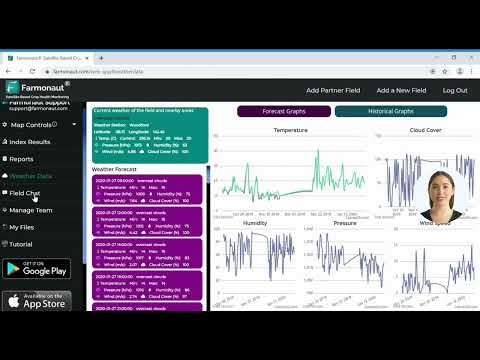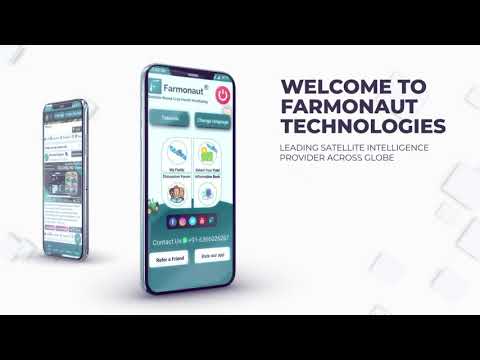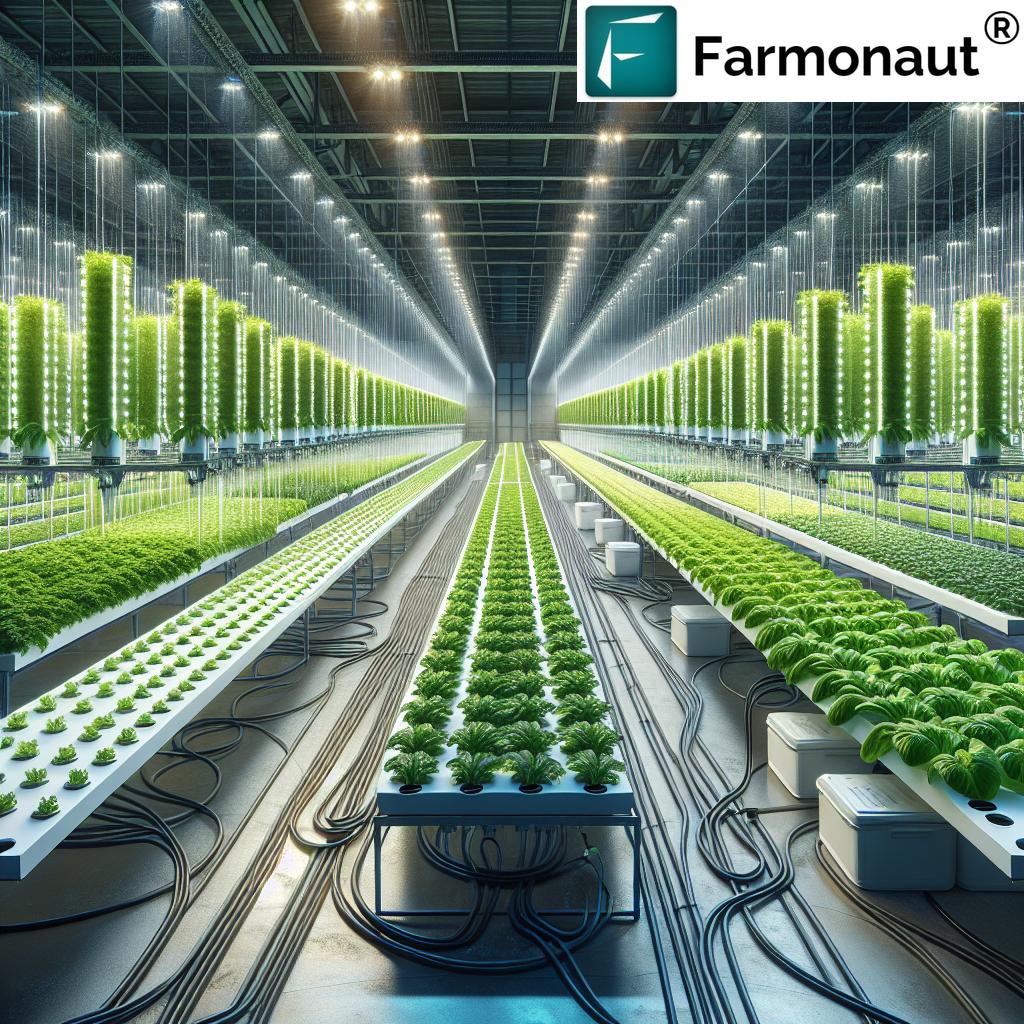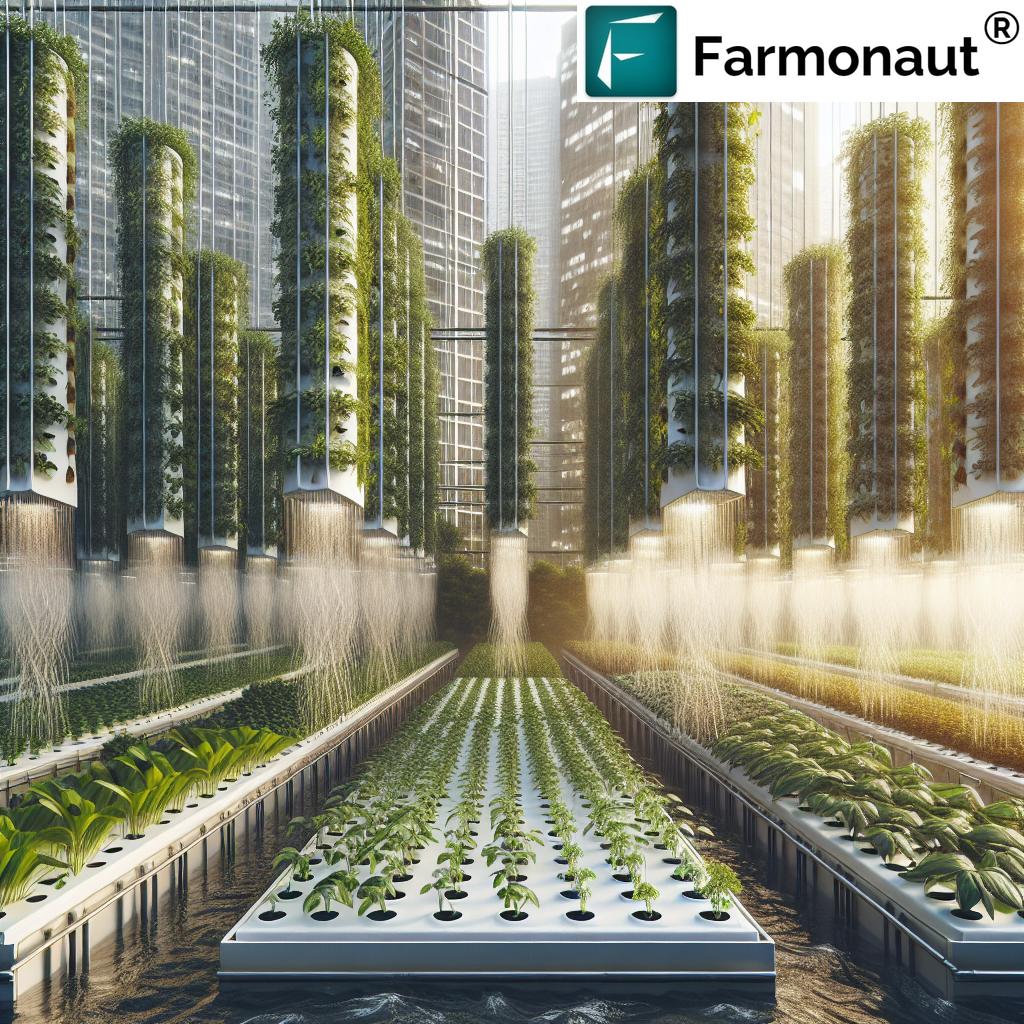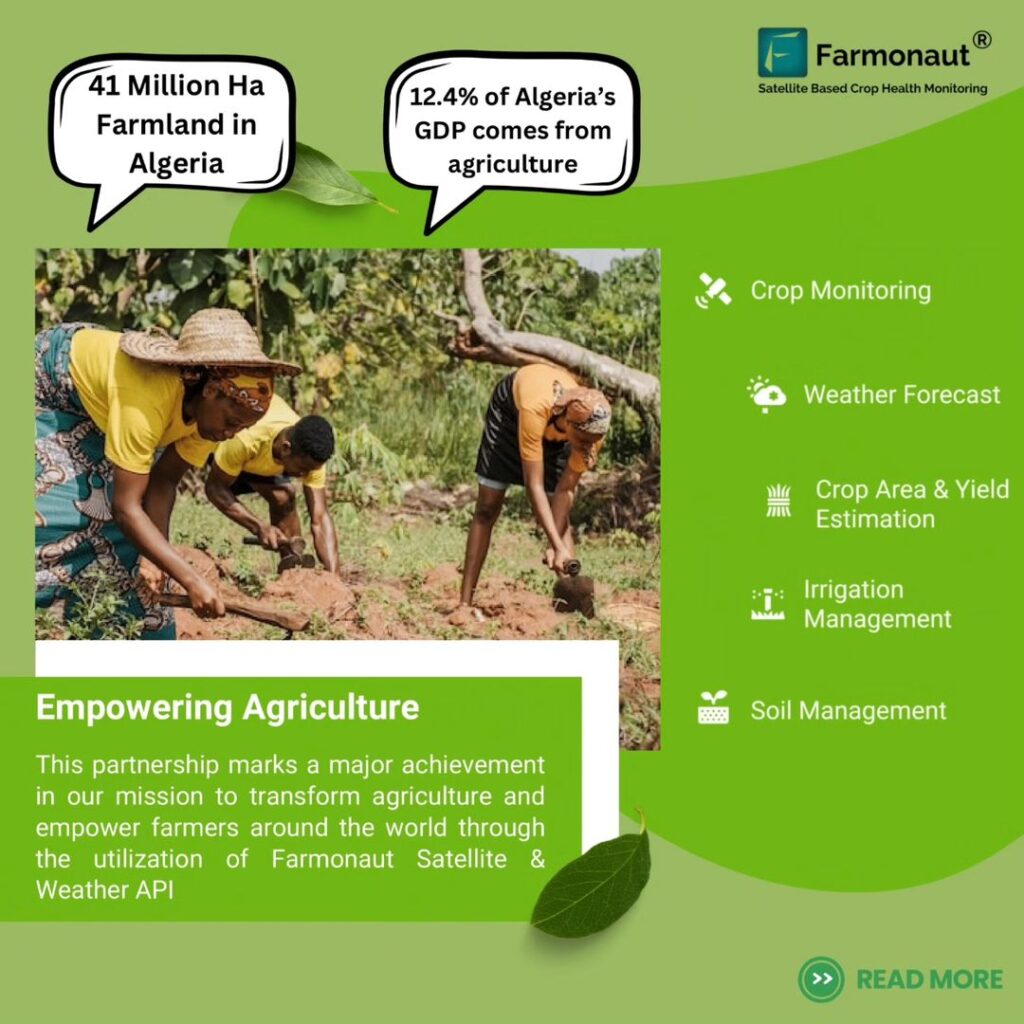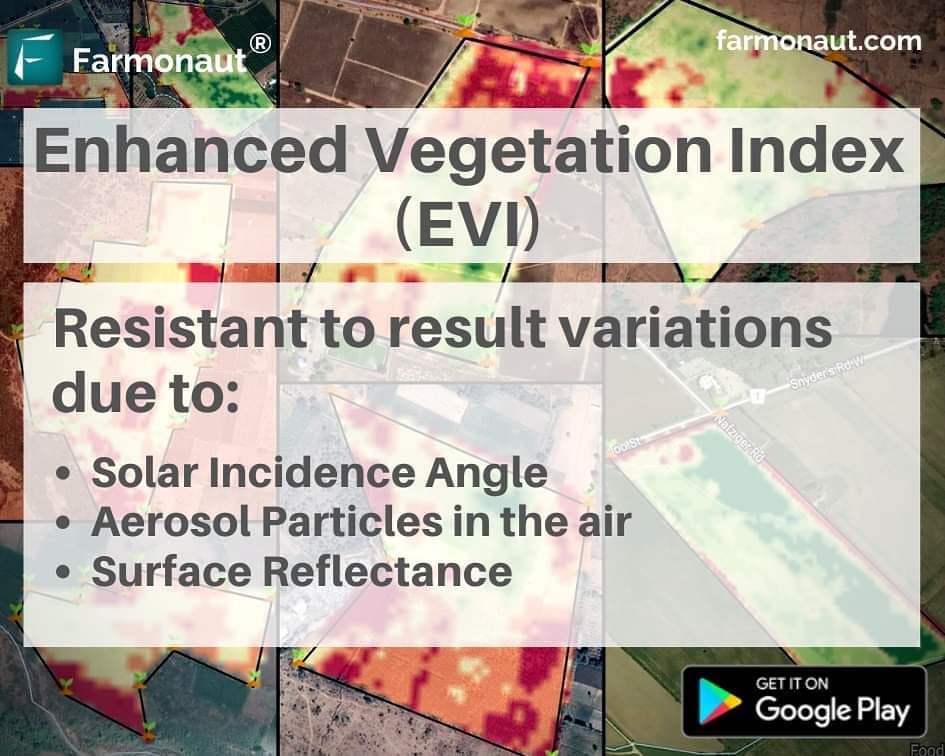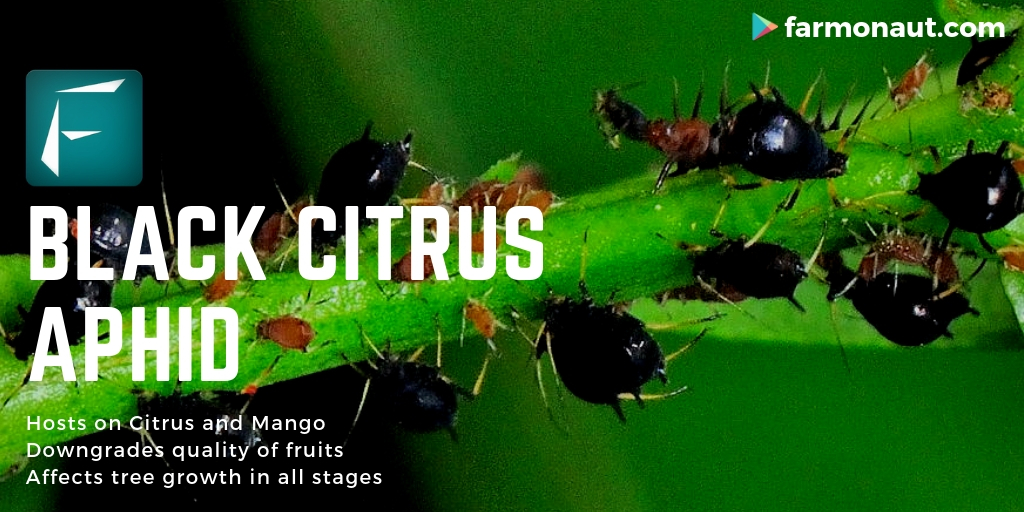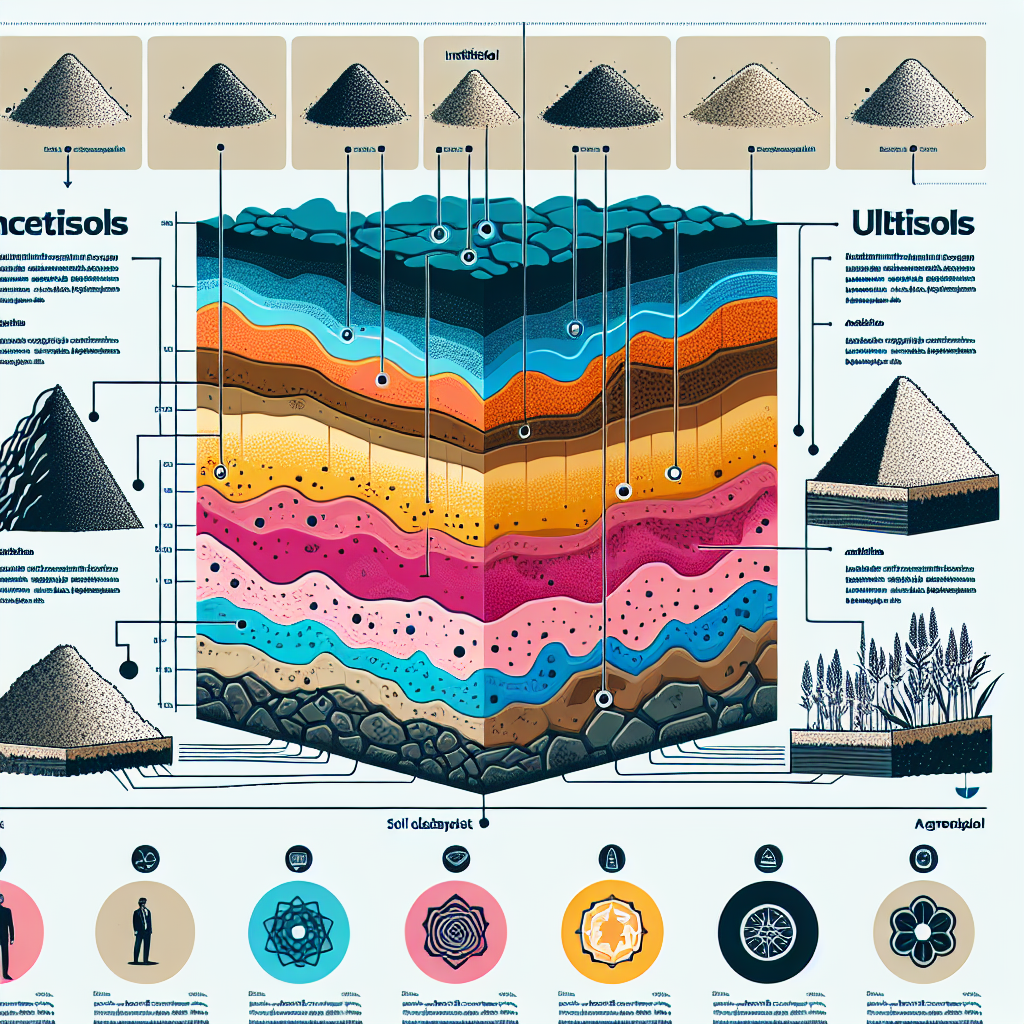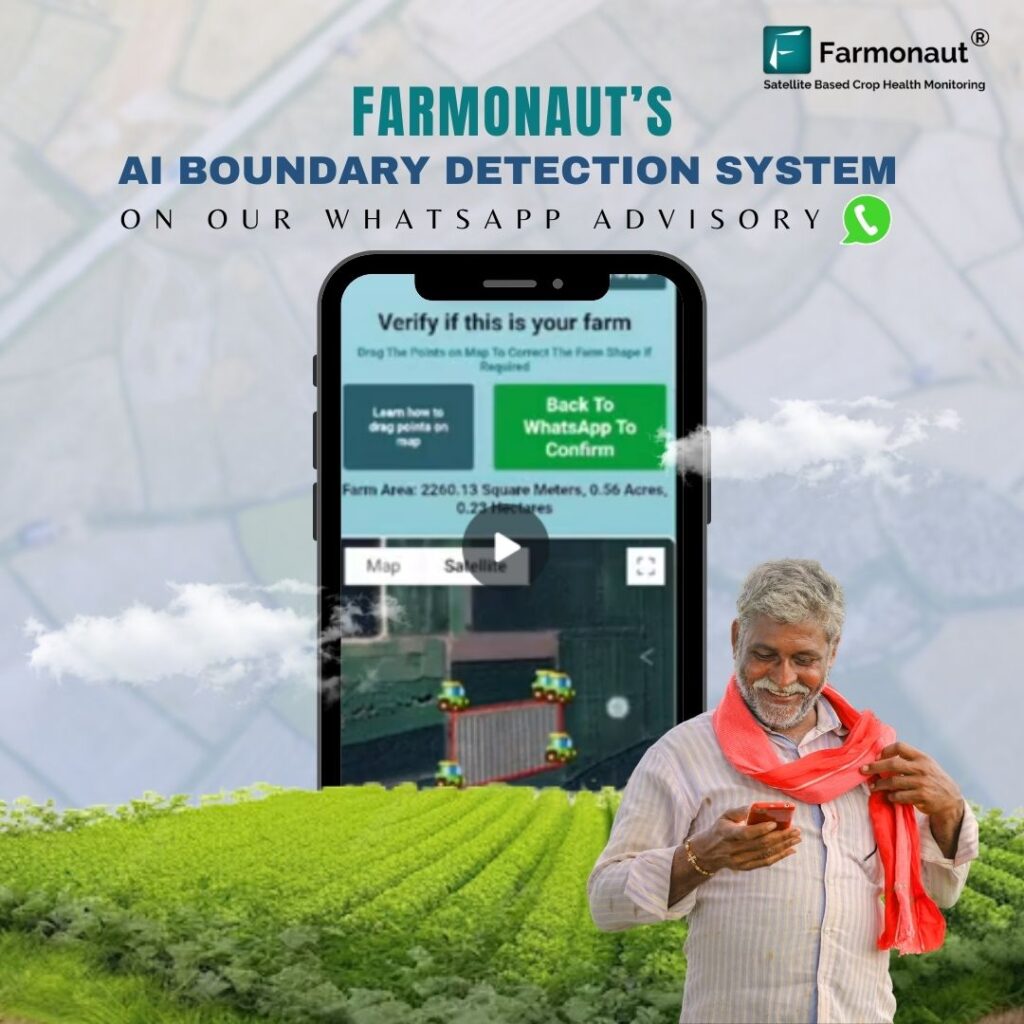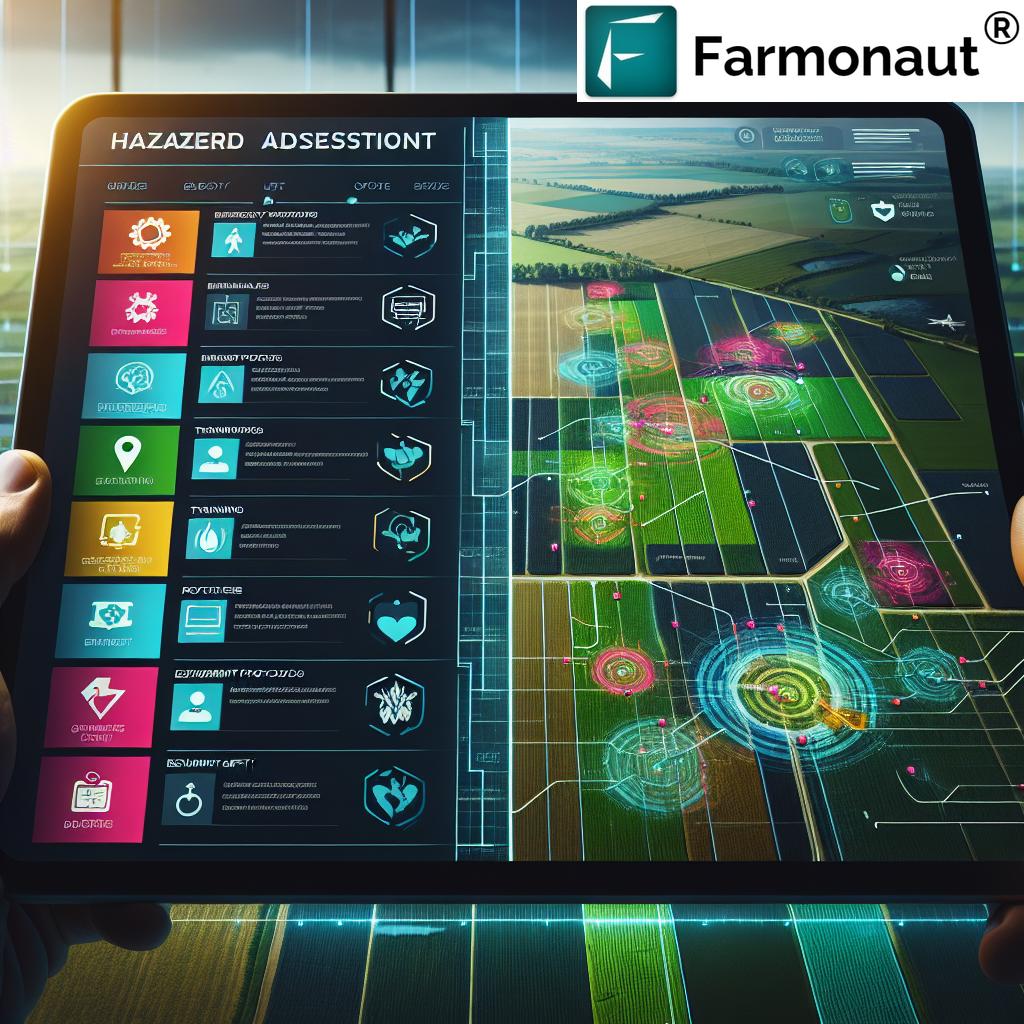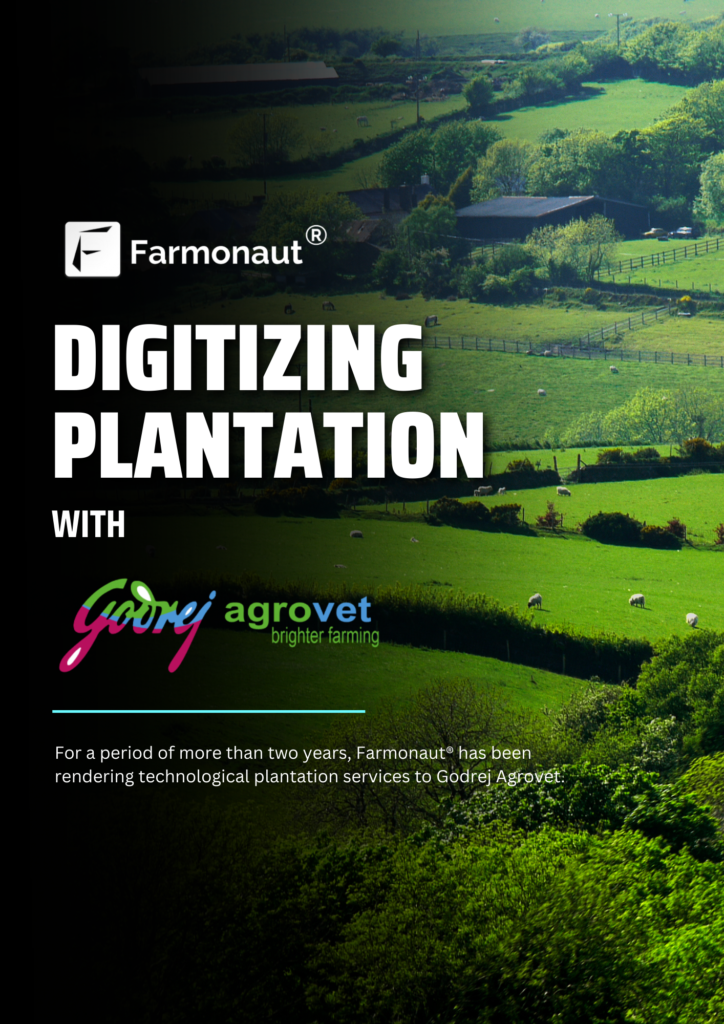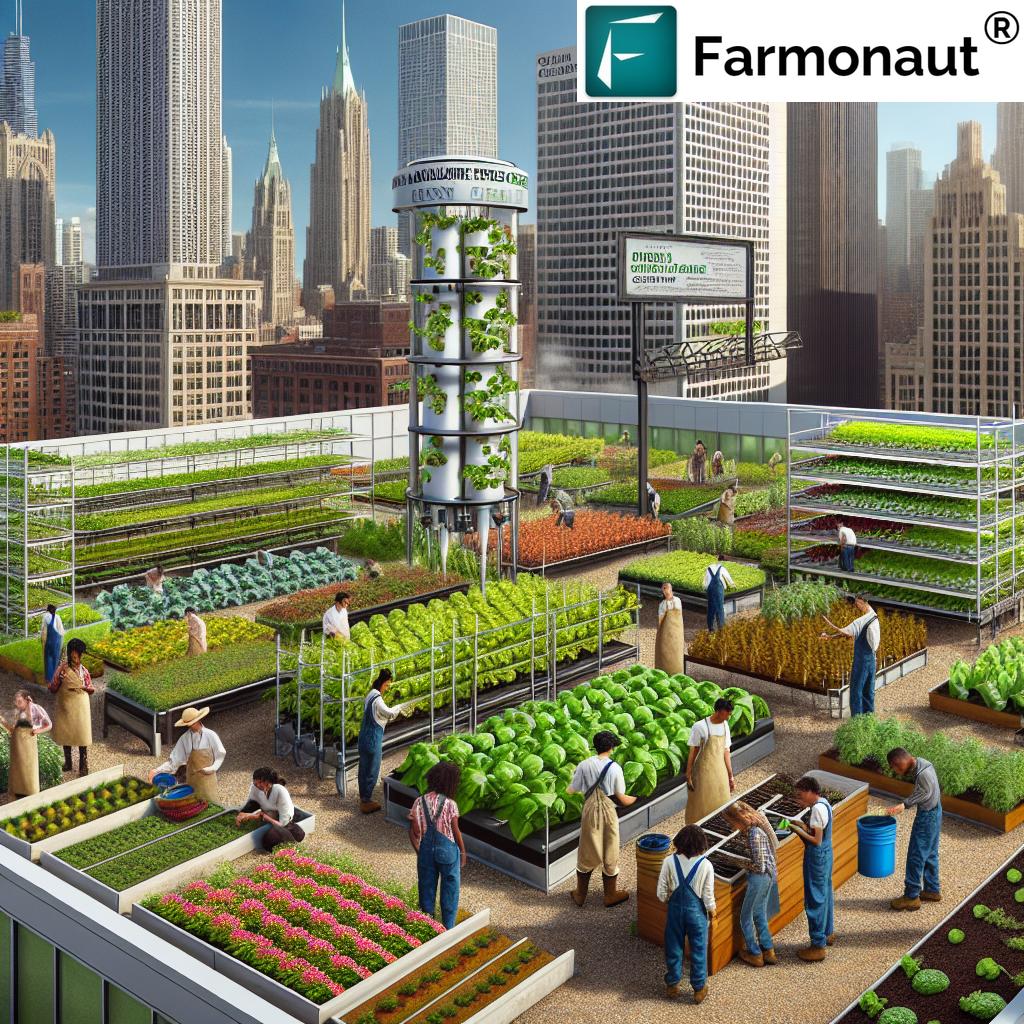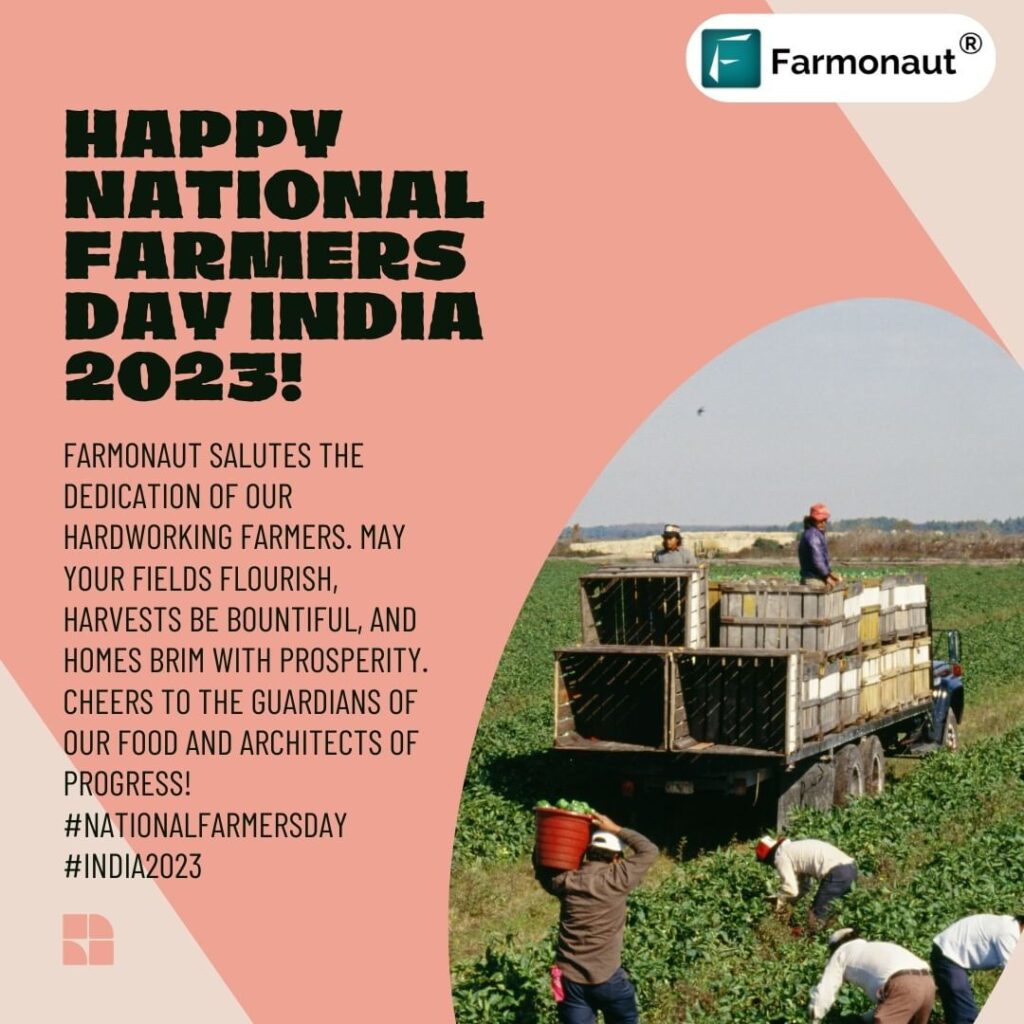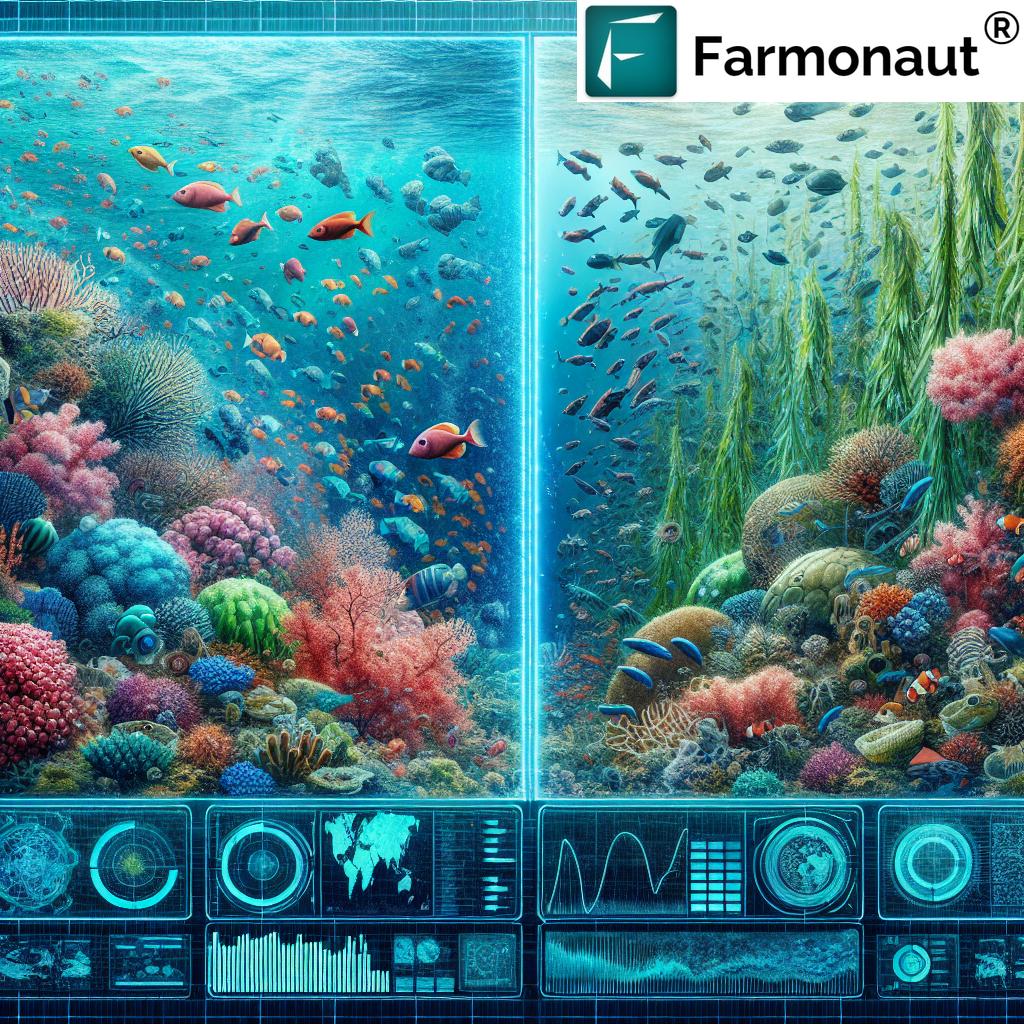“Some indoor farms use up to 95% less water than traditional agriculture, revolutionizing urban food production.”
Indoor Farming Secrets: 7 Genius Systems Exposed!
Indoor farming—also known as controlled environment agriculture (CEA)—is rapidly reshaping the way we think about food production in urban and rural settings alike. As our global population grows, and as more people move to cities, the demand for sustainable food production is rising. This innovative approach to agriculture lets us grow crops year-round, regardless of weather or location, by cultivating plants within efficiently managed structures like greenhouses, warehouses, or repurposed urban buildings.
By integrating advanced technologies—from hydroponics, aeroponics, to aquaponics—indoor farms optimize every aspect of plant growth. These systems precisely control climate conditions, light, nutrient delivery, and water usage, resulting in optimized yields and dramatically reduced resource uptake. Their ability to operate within urban landscapes, minimize transportation costs, and bolster food security makes them a cornerstone of sustainable urban agriculture technology.
Farmonaut Web app | Satellite Based Crop monitoring
Indoor Farming Advantages: Why Choose Controlled Environment Agriculture?
We’re witnessing a shift from traditional agriculture towards systems that prioritize sustainability, precision, and resilience. Why are more companies and cities investing in indoor farming and CEA? Here’s what sets it apart:
- Resource Efficiency: Indoor farming systems reuse and recycle water and nutrients, to minimize waste and reduce the need for chemical pesticides and herbicides.
- Climate Control & Protection: By shielding crops from extreme weather events, these systems ensure consistent crop production in any season (Forbes).
- Urban Integration: Indoor farms can be set up in urban centers, converting underutilized buildings and warehouses into sustainable food production hubs. This drastically cuts transportation emissions and brings fresh food closer to consumers (Transforma Insights).
- Increased Food Security: Year-round local food production solutions help reduce reliance on global supply chains.
- Scalability and Flexibility: Indoor farming suits operations of all sizes, from microgreens in urban apartments to large-scale hydroponic greenhouses.
Indoor farming advantages are even more relevant as climate change intensifies and urbanization accelerates. The drive for water efficient farming methods, optimized yields, and resilient supply chains is powering this movement forward.
Farmonaut | Making Farming Better With Satellite Data
“LED lighting in indoor farming can boost crop yields by up to 30% compared to conventional methods.”
7 Genius Indoor Farming Systems Exposed
Let’s dive into the secret systems powering indoor farming’s meteoric growth. Each system represents an innovative approach for cultivating crops, optimizing resource efficiency, sustainability, and yield.
1. Hydroponic Systems
Hydroponics embraces a soil-less method where nutrient-rich water solutions deliver essential nutrients straight to plant roots. By skipping soil, roots absorb all the necessary elements without resistance, resulting in accelerated growth rates and higher yields. There are multiple variants, including nutrient film technique (NFT), deep water culture (DWC), and ebb-and-flow.
- Enables water efficient farming—using up to 90% less water than conventional agriculture
- Plants are grown in channels or trays, with roots continually exposed to a moving flow of water
- Optimizes resource use and nutrient delivery for food crops in any season
2. Aeroponic Systems
Aeroponics advances the benefits of hydroponics by suspending plants in air and exposing roots to a fine mist of nutrients and water. With maximum oxygen availability and enhanced root access, these systems accelerate plant growth and disease resistance.
- Dramatically conserves water—often the most water-saving system available
- Roots receive continual support and nutrients, while remaining disease-resistant
- Allows vertical stacking, optimizing space efficiency in urban environments
(See: edengreen.com: Indoor Farming)
3. Aquaponic Systems
Aquaponics merges hydroponics and aquaculture. Here, fish raised in tanks generate waste that bacteria break down into organic nutrients for plants. The plants filter and purify the water, which recirculates clean for the fish.
- Minimizes the need for synthetic fertilizers
- Produces food (fish + plants) in the same system
- Highly sustainable and educational for urban spaces
4. Vertical Farming
Vertical farming layers crops (hydroponic, aeroponic, or soil-based) on shelves or towers, multiplying space efficiency, and enabling local food production in dense urban environments. Advanced lighting and automation allow crop production 24/7.
- Up to ten times more productive per square meter than outdoor fields
- Reduces transportation costs and emissions—food is produced and consumed locally
Reference: Wikipedia: Vertical Farming
5. Container Farming
Container farming outfits standard shipping containers with complete indoor farming systems—from LED lighting, hydroponic setups, to automated climate and nutrient controls. These mobile farms can be deployed anywhere, eliminating weather risk and maximizing year-round food production.
- Flexible and portable—perfect for urban settings or remote regions
- Highly efficient use of space, water, and labor
6. Microgreens & Specialty Crop Farming
This system harnesses high-value, fast-growing crops like microgreens, herbs, and edible flowers, bringing rapid harvest cycles. Using hydroponic benches and LED lighting, urban spaces can supply premium, fresh produce to local restaurants and markets.
- Very high yield per square meter
- Fast crop cycles (as little as 7–14 days for some microgreens)
7. Hybrid & Advanced Precision-Integrated Systems
The latest trend in indoor agriculture is hybridizing multiple advanced techniques—combining aeroponics and hydroponics, LED spectra tuning, automated data collection, and AI-driven crop management. These systems leverage smart sensors, AI, and IoT to create optimal growing conditions and maximize efficiency.
- AI-powered nutrient and climate management
- Blockchain-based traceability for transparency
- Integration with carbon footprinting tools for sustainable reporting
How Farmonaut’s Satellite Technology is Revolutionizing Land Use in Agriculture
Comparison Table of Indoor Farming Systems
| System Name | Technology Type | Estimated Water Savings (%) | Estimated Yield Increase (%) | Space Efficiency (Crops/m²) | Energy Consumption (kWh/month) |
Suitability for Urban Spaces |
|---|---|---|---|---|---|---|
| Hydroponic Systems | Hydroponics | 80–90% | 20–25% | 8–12 | 500–700 | Yes |
| Aeroponic Systems | Aeroponics | 90–95% | 30–35% | 10–16 | 550–750 | Yes |
| Aquaponic Systems | Aquaponics | 75–85% | 15–20% | 7–10 | 600–900 | Yes |
| Vertical Farming | Hydroponics/Aeroponics/Soilless | 90% | 35–40% | 15–22 | 700–1200 | Yes |
| Container Farming | Hydroponics | 80–90% | 25–30% | 10–14 | 800–850 | Yes |
| Microgreens & Specialty Crop Farming | Hydroponics/Vertical | 80–90% | 40–50% | 20–40 | 500–700 | Yes |
| Hybrid & Precision-Integrated Systems | AI/IoT/Multiple | 90–95% | 30–60% | 16–30 | Varies (500–1500) | Yes |
How Indoor Farming Systems Optimize Resources
Every indoor farming system is designed to optimize resource efficiency. Here’s how we see these advanced crop growth techniques driving sustainable change:
- Water: Hydroponic systems recirculate water, reducing consumption by up to 95%. Systems automatically adjust for optimal moisture and nutrient delivery, meaning crops get exactly what they need—no more, no less.
- Nutrients: Essential nutrients are delivered directly to plant roots, maximizing growth and minimizing fertilizer waste.
- Light: Full-spectrum LED lighting (Axios) delivers precisely-timed illumination, with intensity and wavelength tailored to each crop’s growth stage, boosting yields and reducing energy costs.
- Space: Vertical farming and modular systems allow us to produce more food in smaller footprints—ideal for high-value urban space.
- Protection: By operating in controlled environments, plants are shielded from pests and diseases, reducing chemical usage significantly.
- Consistency: Stable climate conditions mean predictable, consistent crop yields all year round.
These water-saving and energy-optimized systems are crucial for future food security—and for reducing agriculture’s overall ecological footprint.
Farmonaut Introduction – Large Scale Usage For Businesses and Governments
Smart Technology in Urban Agriculture
Today’s urban agriculture technology is far more than just the provision of water and light. We employ a suite of advanced, digital-first techniques to monitor, optimize, and record every stage of the growing process. Here are some leading tools:
- IoT Environmental Sensors: Measure humidity, temperature, CO₂, light levels, and nutrient solution pH/EC in real time, automating climate and nutrient adjustments for optimal crop conditions.
- Artificial Intelligence (AI) & Machine Learning: Analyze historical data and adapt operational settings (such as lighting schedules, irrigation, and nutrient dosing) for each crop and season. This means higher yields and fewer resources used.
- Blockchain Traceability: Modern indoor farms are using blockchain to track produce from seed to plate, ensuring transparency in urban food supply chains. Secure your own operations with Farmonaut’s traceability solution—reducing fraud and enhancing trust with consumers.
- Fleet & Resource Management: Integrate with resource and fleet management tools for seamless logistics, ensuring timely transport, reduced emissions, and minimized operational costs.
- Automated Supply Systems: Dispatch nutrients and water according to real-time data, ensuring efficient and precise input delivery.
- Remote Satellite Monitoring: Use platforms like Farmonaut to monitor even large-scale or geographically-distributed farms from anywhere, using real-time imagery and AI-driven analytics.
How Farmonaut Empowers Indoor & Urban Farmers
At Farmonaut, we are committed to making precision agriculture affordable and accessible—not just for traditional farmers, but also for innovative indoor growers and urban agri-entrepreneurs. Our platform:
- Satellite-Based Crop Health Monitoring: Monitor vegetation health, soil moisture, and crop conditions globally with app/web/and API access. Make data-driven decisions to maximize yields and minimize risks.
- Jeevn AI Advisory System: Get real-time, personalized advice on planting times, weather risks, and optimal growth strategies for indoor and controlled environments.
- Blockchain Product Traceability: Promote transparency throughout your supply chain so urban customers can trust the origin and journey of their food produce—vital for farm-to-fork local initiatives (traceability product page).
- Fleet and Resource Management: Efficiently track and allocate resources for your indoor farm operations with tools designed for cost-saving and safety.
- Carbon Footprinting Module: Quantify and report your operation’s ecological impact to achieve sustainability and compliance. Explore this essential tool at the carbon footprinting page.
- API Integrations: Seamlessly embed Farmonaut’s API and developer documentation into your custom or business-scale solutions for scalable coverage and automation workflows.
Our large-scale farm management platform is perfect for business, municipal, and government-level operations, while our crop plantation and forest advisory module supports specialty crop, microgreen, and afforestation initiatives.
Recent Trends & Developments in Controlled Environment Agriculture
The controlled environment agriculture sector—especially vertical and urban indoor farming—continues to evolve rapidly. The past few years have seen major developments:
- Business Growth and Market Shifts: While many startups are scaling up, others (AP News) have faced challenging economic realities. Strategic advances in technology are driving new investments, as high-yield operations compete in local, fast-delivery urban food markets. The demand for water efficiency and minimized emissions is greater than ever.
- The Rise of LED Lighting & Automation: Smart lighting systems (custom LED spectra) improve growth rates and yields (by up to 30%—see trivia!) compared to conventional farming, while robotics drive labor savings and consistency.
- Integrating AI & Data: Real-time analytics through platforms like Farmonaut’s, combined with IoT sensors, let operators fine-tune every “grow recipe” for crop and local market needs.
- Focus on Sustainability Metrics: Environmental metrics like carbon footprinting and resource recycling are becoming industry requirements.
- Supply Chain Resilience: Local, indoor food production helps reduce reliance on global supply chains, especially in crisis times.
We see the future of indoor farming as a blend of modular, scalable systems that can be tailored to any community—rural or urban—and built to precise sustainability and yield targets.
Frequently Asked Questions (FAQ) about Indoor Farming
-
Q: What is indoor farming?
A: Indoor farming refers to cultivating food crops inside controlled environments—such as greenhouses, warehouses, or purpose-built urban buildings—using soilless technologies like hydroponics, aeroponics, or aquaponics to optimize growth and yield. -
Q: How much water can indoor farming save compared to traditional farming?
A: Depending on the system, indoor farming can save between 75%–95% of water compared to traditional soil-based agriculture, making it one of the leading water efficient farming methods. -
Q: Are indoor farming systems expensive to set up?
A: Initial investment can be significant, especially for advanced climate and AI-driven operations. However, with optimized resource use, year-round local food production, and long-term savings on water, labor, and chemicals, ROI is improving—especially when integrating platforms like Farmonaut for operational data and efficiency. -
Q: Can indoor farms run on renewable energy?
A: Yes. Many urban farming setups and warehouses are investing in solar and wind energy to offset the electricity demands of lighting, HVAC, and automation, ensuring a lower carbon footprint for food production. -
Q: Which crops are suitable for indoor farming?
A: Leafy greens, herbs, microgreens, strawberries, tomatoes, peppers, and edible flowers are the most common. The technology is expanding to accommodate more crop varieties each year. -
Q: What role do technologies like AI or blockchain play in indoor farming?
A: AI powers real-time decision-making for climate, lighting, and nutrition; blockchain secures supply chain transparency and trust from seed to sale.
Conclusion: The Future of Sustainable Urban Food Production
Indoor farming—with its arsenal of water-saving, yield-maximizing, and climate-controlled systems—is supporting a new model of secure, resilient urban food production. By using technologies such as hydroponics, aeroponics, aquaponics, and advanced AI-driven resource optimization, we’re reducing our reliance on traditional farming while forging a sustainable future.
Our mission, as innovators in this space, is to continue optimizing these methods, making them accessible and profitable for local food producers of every size. With platforms like Farmonaut, growers gain powerful tools to monitor crop health, manage resources, secure supply chains, and track carbon footprints—driving efficient and sustainable agriculture for tomorrow.
Let’s leverage indoor farming advantages to feed the world responsibly, conserve our planet’s precious resources, and produce healthy food—all while creating robust, future-ready local economies.





